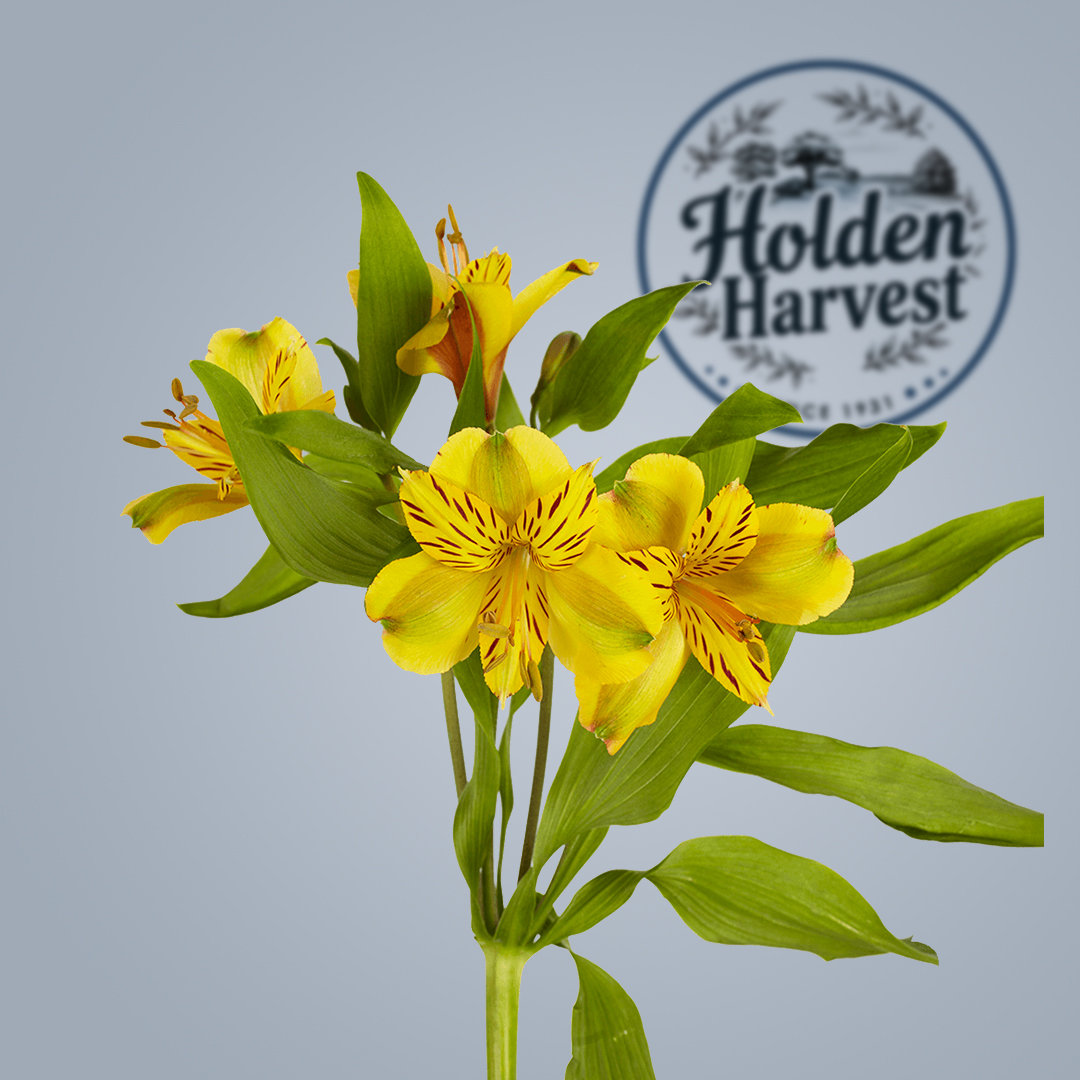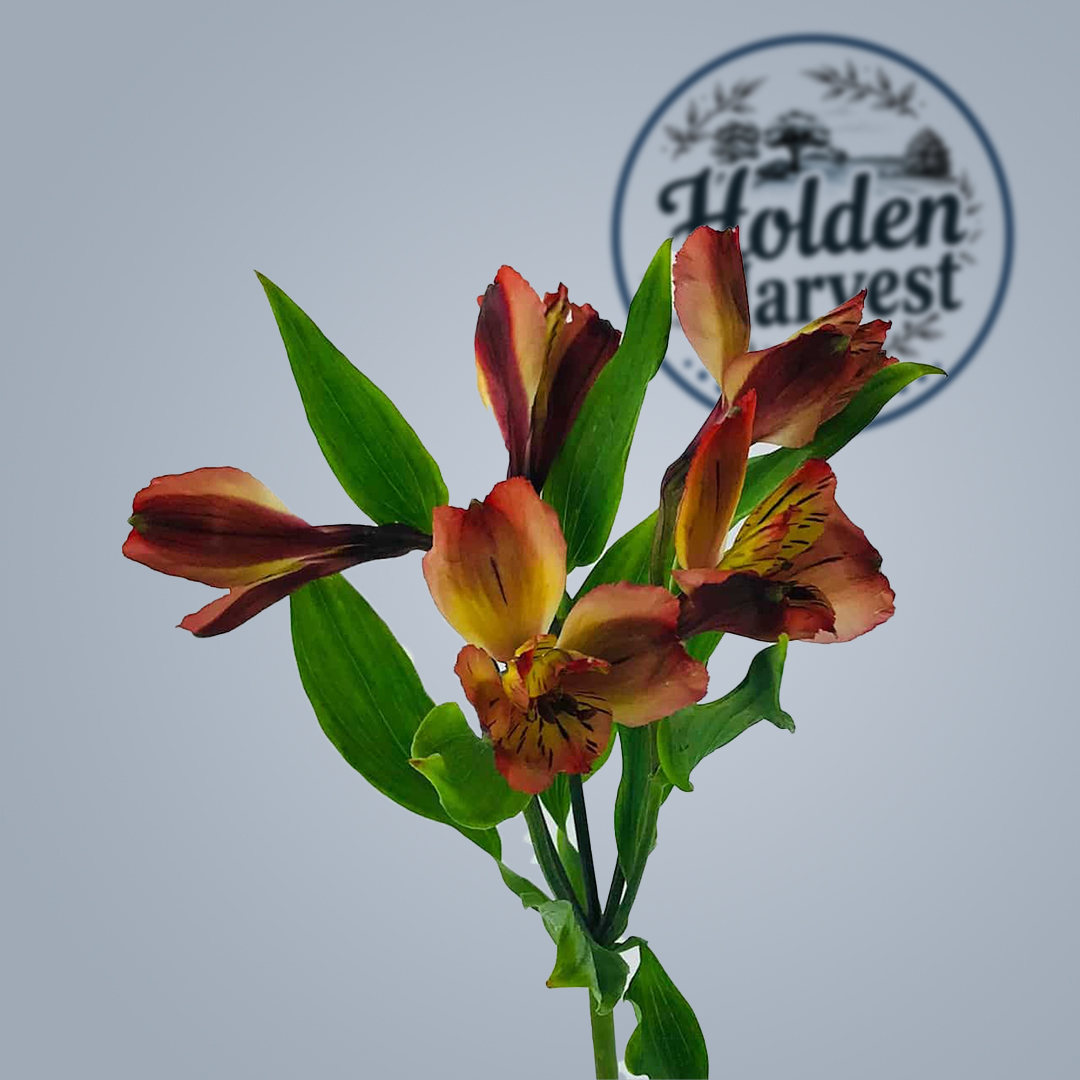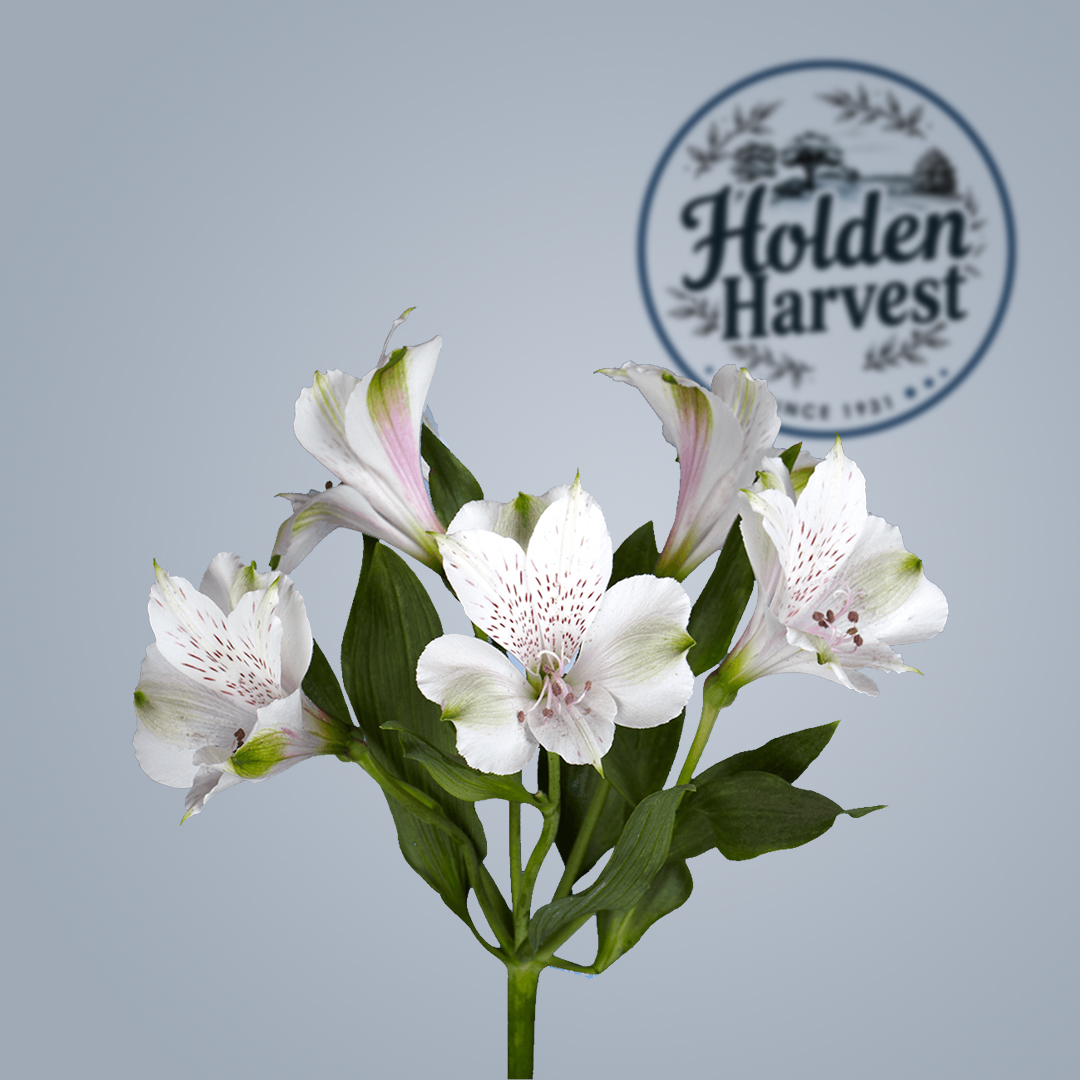Alstroemeria, also known as the Peruvian Lily, is a vibrant and long-lasting flower symbolizing friendship, resilience, and prosperity. It is widely used in bouquets and floral arrangements due to its striking colors and unique patterns.
Colors:
Alstroemeria, also known as the Peruvian Lily, is a stunning and vibrant flower cherished for its long-lasting blooms and striking patterns. This flower is a favorite choice for floral arrangements and home gardens due to its elegant appearance and easy maintenance.
Alstroemeria originates from South America, particularly in countries like Brazil and Chile. It was first discovered by Swedish botanist Claus Alstroemer in the 18th century, and since then, it has become a widely cultivated ornamental plant across the world.

Alstroemeria is very popular because of its variety of colors and patterns. Its famous types are:
Red alstroemeria: bright red with white or yellow spots on its flowers.
• Pink alstroemeria: has light to dark pink petals.
• Yellow alstroemeria: yellow flowers with red or brown spots that give it a special beauty.
• Purple alstroemeria: purple petals with white or bright yellow borders.
• White alstroemeria: white petals with red or pink stripes.
The flowers of Alstroemeria have a trumpet-like shape with six petals that curve outward. The leaves are lance-shaped and often twist slightly, which is a distinctive feature of this plant.
Alstroemeria thrives in bright, indirect sunlight. It can also tolerate partial shade, but direct exposure to harsh sunlight can damage its delicate petals.
The ideal temperature for Alstroemeria is between 60°F and 75°F (15°C to 24°C). It does not tolerate extreme heat or frost, so protecting it from harsh weather conditions is crucial.
This flower prefers consistently moist soil but does not do well in overly wet conditions. Watering should be moderate, ensuring that the soil remains slightly damp but never soggy.
Alstroemeria grows best in well-draining, nutrient-rich soil with a slightly acidic to neutral pH. Using organic compost or a balanced fertilizer every few weeks enhances its growth and flowering potential.

Propagation through seeds is possible but requires patience, as germination can take weeks or even months. Sowing seeds in a warm, humid environment increases the chances of successful sprouting.
The most effective way to propagate Alstroemeria is by dividing its rhizomes. This method ensures faster growth and a healthier plant. Simply separate the rhizomes and plant them in well-prepared soil during early spring.
Conclusion
Alstroemeria is a stunning and resilient flower that brings elegance and vibrancy to any space. Whether grown in a garden or displayed in a floral arrangement, this flower is a fantastic choice for plant lovers. With proper care, Alstroemeria can flourish beautifully, adding a touch of nature’s charm to your surroundings.

1. How often should I water Alstroemeria?
Water the plant regularly but ensure the soil does not become waterlogged. Keeping the soil slightly moist is ideal.
2. Can Alstroemeria be grown indoors?
Yes, Alstroemeria can thrive indoors if placed in a well-lit spot with indirect sunlight.
3. What is the best season to plant Alstroemeria?
Spring is the best time to plant Alstroemeria, as it allows the plant to establish strong roots before summer.
4. Is Alstroemeria toxic to pets?
Alstroemeria is considered mildly toxic to pets if ingested in large quantities, so keep it out of reach of curious animals.
5. How do I make Alstroemeria last longer in a vase?
Trim the stems at an angle, change the water every two days, and keep the vase away from direct sunlight to extend the flower’s freshness.